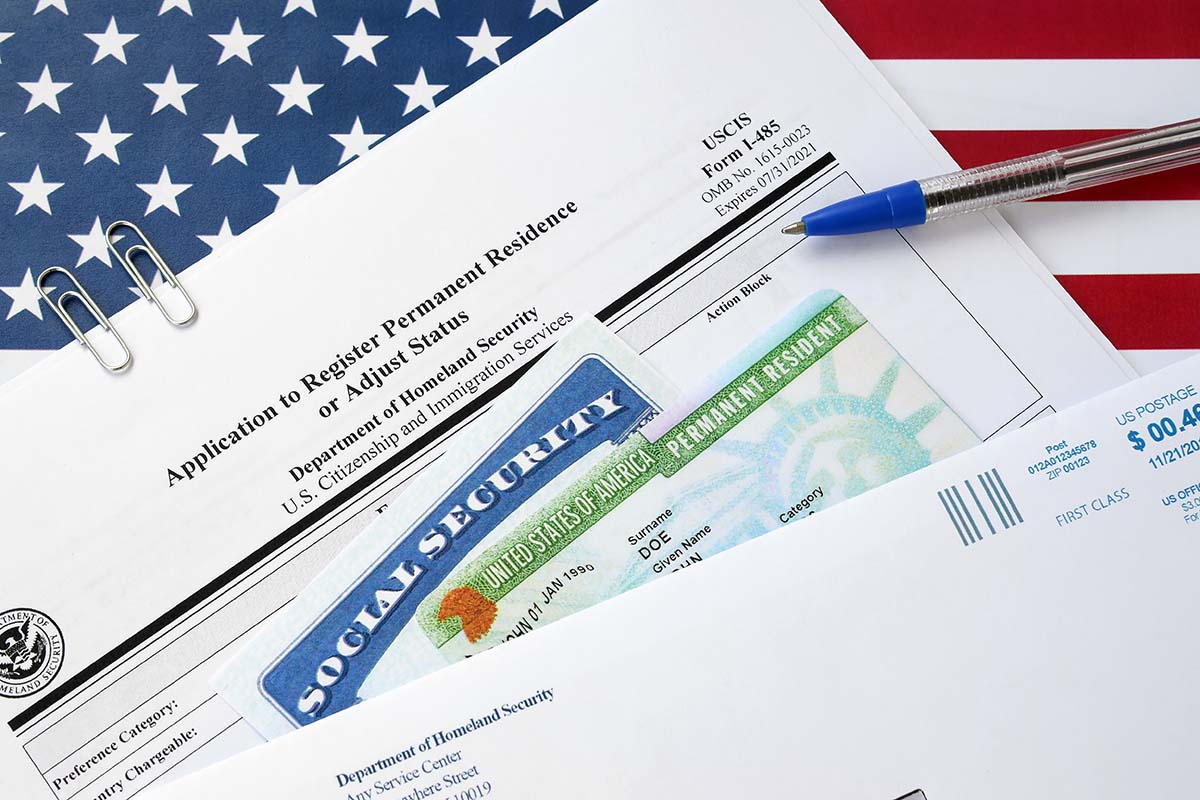Form I-134 Decoded: A Roadmap to Financial Support in Immigration
Form I-134, officially titled the “Affidavit of Support,” is typically required for certain visa applicants seeking to enter the United States.
This form demonstrates that the visa applicant has financial sponsorship and support from a U.S. citizen or permanent resident, ensuring that they will not become a public charge.
The primary visa categories that often require Form I-134 include:
- Visitor Visas (B-1/B-2): Individuals applying for tourist visas (B-2) or business visas (B-1) may be required to submit Form I-134 to show that they have financial support during their stay.
- Fiancé(e) Visas (K-1): U.S. citizens sponsoring their fiancé(e) for a K-1 visa to enter the U.S. and get married may need to file Form I-134 as part of the visa application process.
- Student Visas (F and M): Some student visa applicants (F-1 or M-1) may be asked to provide Form I-134 as evidence of financial support, particularly if the sponsoring relative or friend is helping with the student’s expenses.
- Exchange Visitor Visas (J): Exchange visitors coming to the U.S. for programs such as work and travel, au pair, or summer work travel may be required to submit Form I-134 to demonstrate financial support.
- Other Temporary Visas: Certain other temporary visa categories may also require Form I-134, depending on the applicant’s specific circumstances.
It’s essential to note that the specific requirements can vary based on the type of visa and the U.S. embassy or consulate handling the application. Visa applicants should check the specific guidelines provided by the U.S. Department of State and the U.S. Citizenship and Immigration Services (USCIS) for the most accurate and up-to-date information.
Form I-864A, Contract Between Sponsor and Household Member, is typically used when the primary sponsor does not meet the income requirements to sponsor an immigrant relative. In such cases, a household member with a higher income can join the sponsor to help meet the financial obligations.
The situations that may require the submission of Form I-864A include:
- Insufficient Income of the Primary Sponsor:
- If the primary sponsor’s income alone does not meet the required threshold to sponsor the intending immigrant, they may choose to include the income of one or more household members to meet the financial requirements.
- Combining Income of the Sponsor and Household Member:
- The household member’s income can be added to the sponsor’s income to demonstrate the ability to support the intending immigrant financially. Both the sponsor and the household member must complete Form I-864A.
- Household Member as a Joint Sponsor:
- A household member can act as a joint sponsor, providing additional financial support to the intending immigrant. In this case, the sponsor and the household member must submit separate Form I-864A.
- Meeting Minimum Income Requirements:
- The purpose of Form I-864A is to demonstrate that the combined income of the sponsor and household member meets or exceeds the minimum income required to sponsor the immigrant relative.
It’s important to note that submitting Form I-864A does not relieve the primary sponsor of their responsibility; it is a joint undertaking to meet the financial obligations of sponsorship.
The sponsor and household member must meet the eligibility criteria and provide the necessary documentation to support their income claims.
Before completing and submitting Form I-864A, it is advisable to carefully review the current version and consult with an immigration attorney or seek guidance from the U.S. Citizenship and Immigration Services (USCIS) to ensure compliance with the latest requirements and regulations.



















